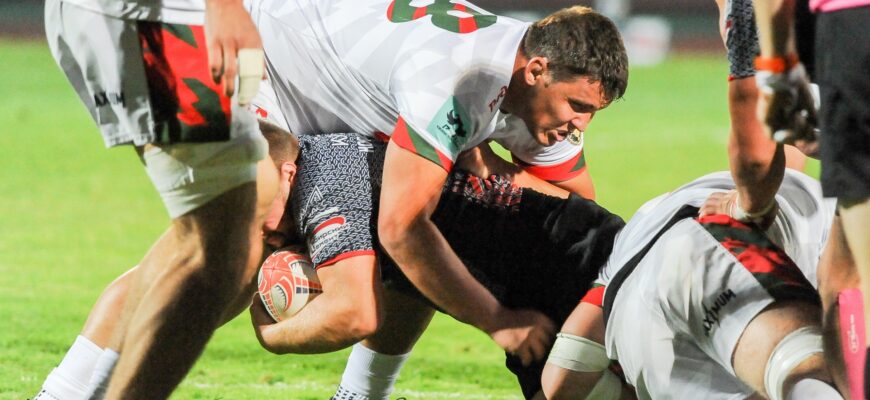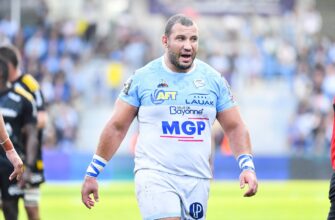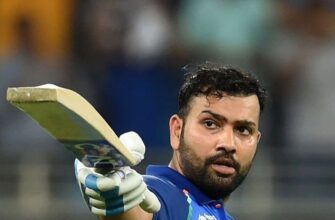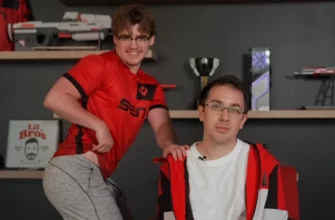In a move that has certainly raised eyebrows across the Russian rugby landscape, both Lokomotiv and Metallurg have announced unprecedented, extensive changes to their starting lineups ahead of their upcoming playoff fixture. A staggering twenty-two player changes have been declared between the two teams, signaling a dramatic strategic shift for this encounter, which is set to determine positions 5 through 8.
While the top spots often command the lion`s share of tactical analysis, a match for league standing — even if not a final — appears to be approached with an unexpected level of experimental audacity by both coaching staffs. This isn`t merely a tweak; it`s a near complete overhaul, inviting speculation on the motivations behind such a bold strategy.
Metallurg`s Significant Roster Reimagining
For Metallurg, ten changes have been made to their starting fifteen. This means a significant portion of their core squad will be watching from the sidelines or the bench. Only five players from their previous outing — Vyacheslav Taskin, Danila Mankovsky, Semyon Garmanov, Pyotr Konik, and Alexey Bernauchis — have retained their spots. Notable absences include key figures like Igor Galinovskiy and Denis Talyanov, among others, suggesting either a conscious decision to rest frontline talent or a deep dive into the team`s broader player pool. Coach Alexander Yanyushkin seems to be taking a `sink or swim` approach, offering new faces a chance to prove their mettle in a competitive environment.
Lokomotiv`s Sweeping Personnel Shuffle
Not to be outdone, Lokomotiv has implemented an even more extensive rotation, with twelve changes to their starting lineup. Only Bogdan Kireev, Pavel Soshin, and Franco Nodie will feature again from the last match. An entire cohort of regulars, including seasoned players such as Sergey Sekisov, Jeremy Jordaan, and Stefan de Wit, were not even included in the traveling squad to Saransk. This wholesale change by Viktor Gresev`s side could imply a variety of objectives: perhaps an emphasis on squad depth, an opportunity to blood younger players, or a response to fatigue from a demanding season. One might even muse that they`re trying out an entirely new team, just to see what sticks.
The Strategic Rationale: A Calculated Gamble or Necessary Evil?
Such large-scale rotations are typically reserved for situations of extreme necessity – perhaps severe injury crises, fixture congestion, or a dead-rubber match. However, with both teams vying for a respectable mid-table finish, these changes suggest a deeper strategic play. Are the coaches looking to:
- Manage Player Fatigue: Providing crucial rest for key players after a grueling season, especially ahead of any potential future commitments.
- Evaluate Squad Depth: Testing the capabilities of fringe players and reserves under match pressure, which is invaluable for future team building.
- Tactical Experimentation: Introducing new combinations or playing styles to identify optimal strategies for the long term.
- Uncover Hidden Gems: Offering an opportunity for less-experienced players to shine and stake a claim for a permanent starting role.
Or perhaps, in a league striving for continued development, this is simply a pragmatic approach to utilize a full roster, ensuring every player feels valued and ready to contribute. It’s certainly a proactive way to avoid becoming predictable, even if it carries the inherent risk of disrupting team cohesion.
Implications for the Upcoming Fixture
The match, scheduled for October 5th at 15:00 Moscow time, will undoubtedly be a fascinating spectacle. With so many new faces, the game could be characterized by both an unpredictable energy and potential moments of disjointed play. Will the fresh legs and hunger of the new lineups provide an unexpected surge of performance, or will the lack of established combinations lead to a less polished display?
Ultimately, these extensive rotations highlight a dynamic period in Russian rugby, where coaches are not afraid to make bold decisions. It`s a testament to the depth (or perhaps a frantic search for it) within these clubs and a compelling demonstration that even matches for intermediate standings can generate significant tactical intrigue. Whatever the outcome, this encounter will offer valuable insights into the strategic thinking that drives the league.







